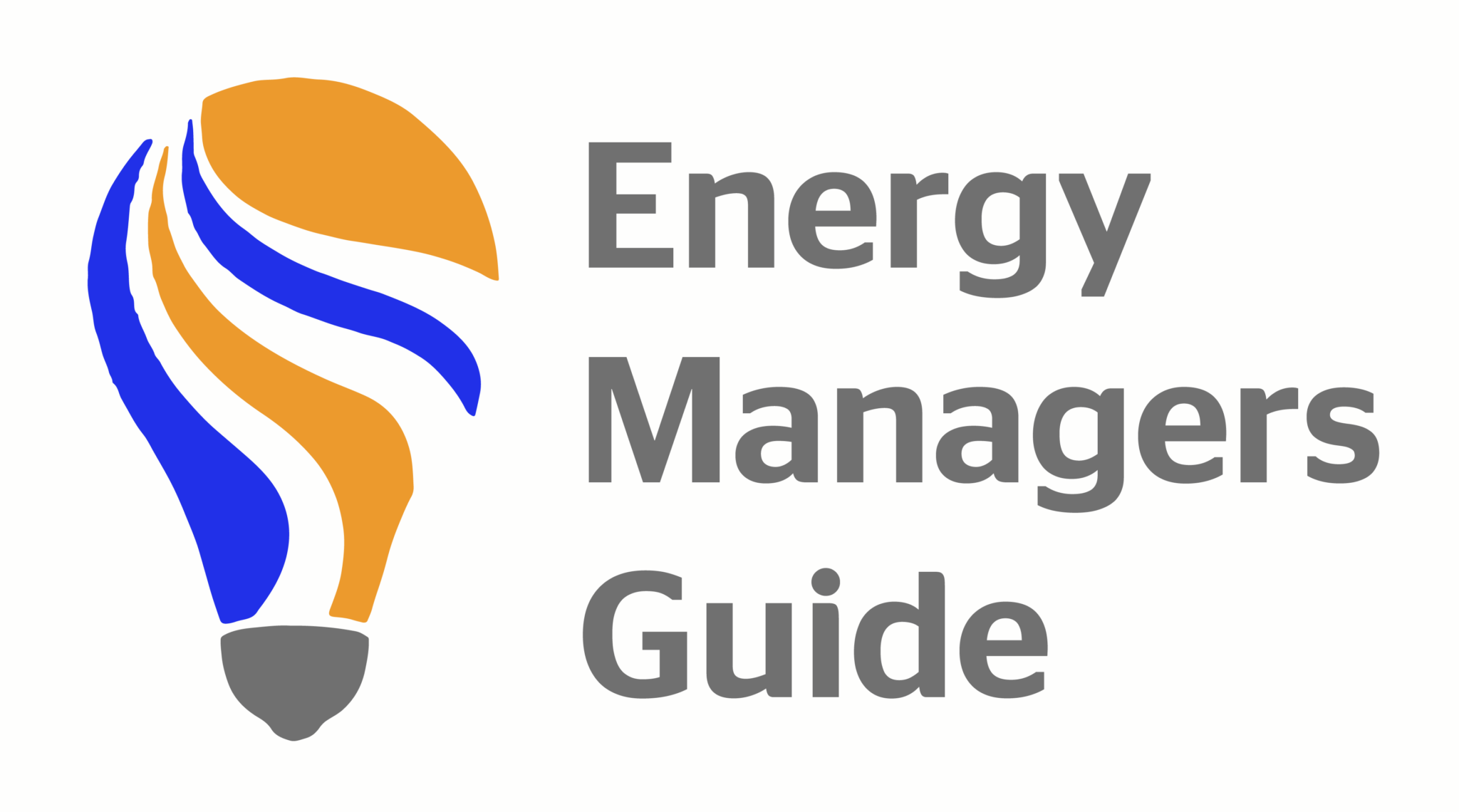LEED: Leadership in Energy and Environmental Design

In today’s world where environmental sustainability is becoming increasingly crucial, LEED (Leadership in Energy and Environmental Design) stands out as a leading green building certification system. LEED provides a framework for healthy, efficient, and cost-saving green buildings, benefiting organizations and the environment alike.
Understanding LEED
Developed by the U.S. Green Building Council (USGBC), LEED is a globally recognized certification that ensures buildings are designed and operated sustainably. LEED certification can be applied to various building types, including commercial, residential, and institutional buildings. It focuses on multiple areas of sustainability, such as energy efficiency, water conservation, materials selection, and indoor environmental quality.
Key Features of LEED
LEED is designed to provide a comprehensive approach to sustainability in the built environment. Here are its main components:
- Sustainable Sites: Encouraging the selection of sites that minimize environmental impact.
- Water Efficiency: Promoting the reduction of water consumption through efficient fixtures and landscaping.
- Energy & Atmosphere: Enhancing energy performance through efficient design, renewable energy, and optimized systems.
- Materials & Resources: Focusing on sustainable material selection and waste reduction.
- Indoor Environmental Quality: Ensuring healthy indoor air quality and comfortable environments.
- Innovation in Design: Encouraging innovative approaches to sustainability beyond the standard criteria.
Benefits of LEED Certification
Embracing LEED certification offers numerous advantages that extend beyond compliance. Here are the primary benefits:
- Cost savings: Reduced operational costs through efficient resource use and energy savings.
- Enhanced building performance: Improved energy efficiency, water conservation, and overall sustainability.
- Increased property value: LEED-certified buildings often command higher market value and rental rates.
- Healthier indoor environment: Better air quality and natural lighting enhance occupant health and productivity.
- Environmental impact: Reduced carbon footprint and minimized environmental impact through sustainable practices.
Implementing LEED Certification: A Step-by-Step Guide
Achieving LEED certification involves a systematic process. Here are the key steps:
- Project Registration: Register the project with USGBC to start the certification process.
- Set Sustainability Goals: Define clear sustainability goals and objectives for the project.
- Develop a Sustainability Plan: Create a detailed plan outlining the strategies to achieve LEED criteria.
- Design and Construction: Implement sustainable design principles and construction practices.
- Documentation and Submission: Collect and submit documentation to USGBC for review and verification.
- Certification and Review: USGBC reviews the submission and awards the certification based on the project’s performance.
Beyond the Bottom Line: The Broad Impact of LEED
LEED certification empowers organizations to create high-performance, sustainable buildings. By adhering to LEED standards, businesses can significantly reduce their environmental impact, enhance their brand reputation, and attract environmentally conscious customers and stakeholders. LEED fosters a culture of sustainability and innovation in the built environment, contributing to a greener, healthier future.


